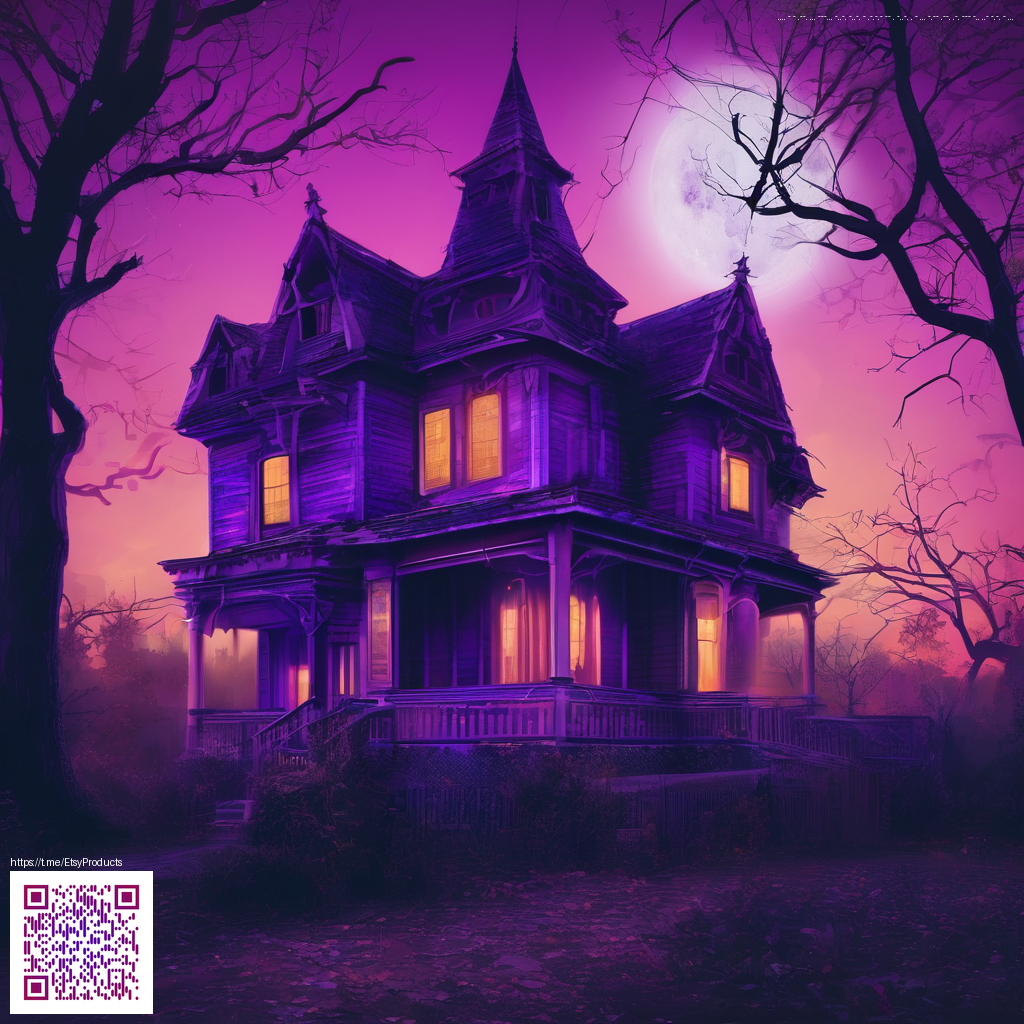
Game to Film A Deep Dive into Divinity Original Sin II and the Adaptation Debate
Since its launch by Larian Studios, Divinity Original Sin II has carved out a niche as one of the most beloved role playing games of its era. Its strength lies not only in strategic, grid based combat but in the way players influence a living world through dialogue, exploration, and a wide cast of companions. That level of agency is exactly the kind of spark that fans imagine could translate into a compelling screen experience. The question remains how a cinematic adaptation would preserve the depth that makes the game shine while delivering a narrative that is tight and cinematic enough for a wide audience 💠
At its core the title invites players to assemble a party and tackle choices that ripple across entire regions. The tactical layer demands thoughtful planning each turn, yet the story breathes because of branching paths and character chemistry. Translating this to film or television would require a careful balance between spectacle and the intimate beats that drive character growth. The debate is not about whether a fantasy adaptation can look stunning; it is about how to honor complex systems that respond to player decisions while maintaining a pace that keeps viewers hooked 🌑
Gameplay architecture and cinematic pacing
The game uses a methodical turn based system layered with environmental interactions such as totems, terrain effects, and synergy between certain schools of magic. This means a potential adaptation would need to reveal the same sense of cause and consequence without slowing down the audience. A slide from one bold choice to another can feel exhilarating in game form; in a movie or series the same rhythm demands dynamic pacing, strong visual storytelling, and characters who stand in for the options players sample in play. The promise of faithful combat choreography sits alongside the challenge of preserving moral ambiguity and strategic depth on screen.
Community voices mirror this tension. Fans crave an adaptation that respects the moral gray zones and the humor that emerges from party interactions, while skeptics warn that a single narrative thread may undercut the sense of open possibility that defines the game. The middle ground would likely lean on a blend of tight central arcs backed by occasional branching sequences that hint at the wider web of choices. It is a tall order, but it is precisely the kind of ambitious undertaking that keeps the conversation lively 💬
Modding culture and ongoing updates as a lens on adaptation
A strong modding ecosystem has kept the original game feeling fresh long after its initial release. The Divinity Engine 2 has empowered creators to craft new quests, tweak balance, and even reimagine encounters. This culture offers a living stream of ideas about how to translate the game world into other media formats. Conceptually, the way mods handle worldbuilding, character focus, and optional content provides a blueprint for how a film or series might surface key threads while preserving the sense of discovery that defines the game. Updates over the years have shown the team at Larian is committed to refining the core experience, a mindset that would be essential if any adaptation goes from concept to production.
Fans argue that the heart of the experience is the interplay between choice and consequence, a narrative texture that is hard to compress into a single path. The best outcomes in this debate imagine a project that embraces multiple viewpoints and demonstrates how different party dynamics would alter the same core mission
From a developer standpoint the studio has steered its trajectory toward expanding the Divinity universe through new games and campaigns rather than immediate cinematic ventures. That stance reflects a broader industry pattern where interactive storytelling remains at the forefront. The success of Larian’s later projects demonstrates how strong world building and character driven arcs can flourish in interactive formats, which can inform any potential adaptation while keeping player first design philosophy front and center. In short the dialogue across fans and creators remains constructive and full of inventive ideas 🌟
As the conversation evolves the question continues to be not if but when and how a faithful adaptation could honor the game’s signature mix of tactical depth, political intrigue, and character banter. For now, the debate itself fuels a shared curiosity about what constitutes a true translation from interactive experience to cinematic language. The results will likely depend on a clear storytelling throughline that still leaves room for the quirky, emergent moments players love to discover during play
To support more thoughtful coverage of game to film topics and to champion a decentralized internet where creators control their own work, consider supporting this initiative through the donation link below. Your contribution helps sustain independent voices and cross media conversations that push the boundaries of how interactive worlds reach new audiences